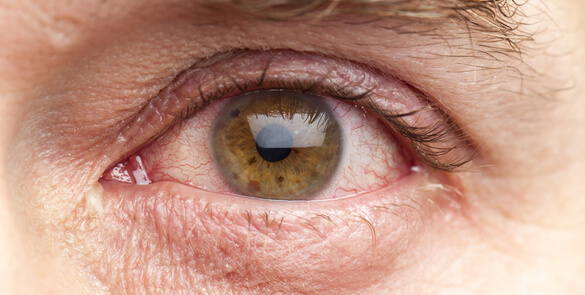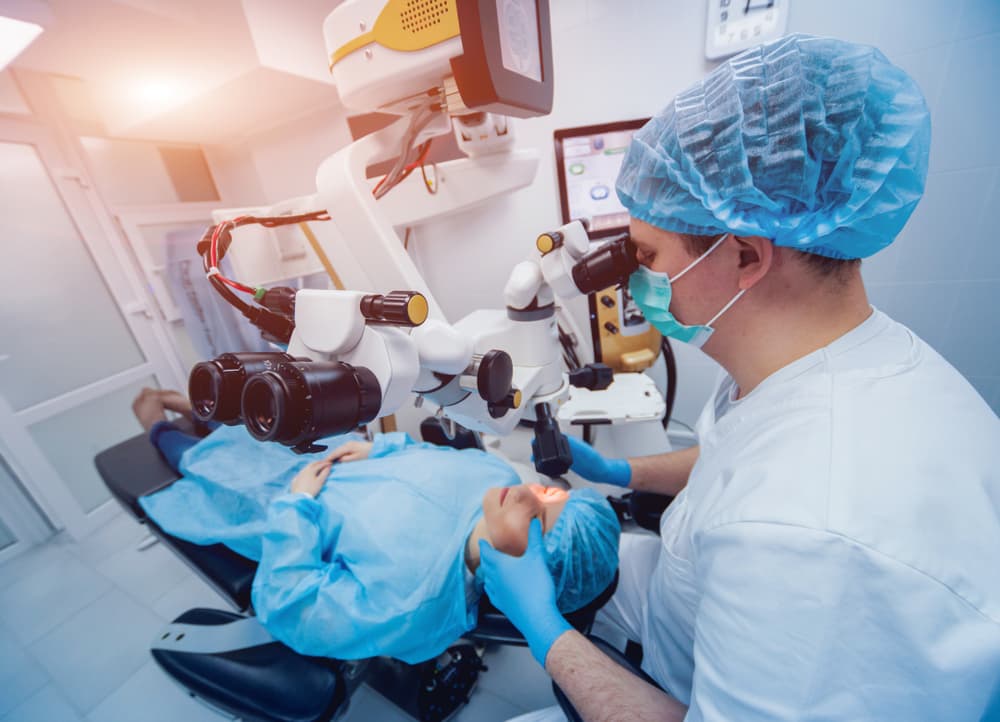Intravitreal Injection Treatment The macula is the central part of the retina at the back of the eye. It is responsible for fine vision (reading, writing, watching television, and recognising faces). Patients with diabetes may develop macular oedema (swelling of the retina) due to leaking of fluid from blood vessels. This causes the vision to… Continue reading Diabetic Maculopathy
Meibomian Gland Disfunction (MGD)
What is Meibomian Gland Disfunction (MGD)? Meibomian glands in the eyelids comprise about 25-40 glands in the upper eyelid and 20 – 30 in the lower eyelid. The function of these glands is to secrete oils onto the surface of the eye. These oils stabilize the tear film to keep the surface of the eye… Continue reading Meibomian Gland Disfunction (MGD)
Minimally Invasive Glaucoma Surgery
What is MIGS? The recent most increased interest in glaucoma surgery has been in Minimally Invasive Glaucoma Surgery (MIGS) with formidable results in mild to moderate glaucoma. These are designed to improve the safety of surgical intervention for glaucoma. Although initially coined minimally invasive, the term micro seems more appropriate because it truly differentiates these… Continue reading Minimally Invasive Glaucoma Surgery


